Ingrown nails seem like a small issue but have the potential to make your life miserable. It can cause unbearable pain with a little touch or you cannot wear shoes. Ingrown nails recur, so it is wise to take preventative steps and keep the problem at bay.
Dr. Sima is the foot and ankle specialist Orange County, who understands the several conditions like a callus, corns, ingrown toenail, bunion, and more conditions that make walking hard.
What are ingrown toenails?
It is a common nail impairment, where nail corners dig into the soft nail groove tissue causing pain. Usually, toenails develop straight out but sometimes a single or both nail sides curve and dig in the flesh. The big toe is a common location but sometimes other toes also get affected.
Ingrown toenail causes
Many people inherit ingrown toenail tendency from their parent/s. It can arise due to carelessly picking or excessively trimming the toenail. Improper pedicures focused on cutting nails short and keeping skin softened offer the chance for nail growing and piercing inside the soft skin.
Ill-fitting shoes or footwear can impact the skin-to-nail balance due to pressure and toe crowding. Crowding feet in shoes and socks that are tight or short can set the environment for developing painful ingrown toenails.
Constant and repeated trauma and pressure on the foot make athletes susceptible to this condition. Adults with poor arterial circulation are susceptible to ingrown toenails. People with heart issues or diabetes or excessive tobacco use or repeated ingrown toenail problems must visit a podiatrist.
If left untreated, ingrown toenails can cause infections, especially with bacteria prevalence under toenails. Deep tissue infection can develop around the pierced skin and can cause bone infection.
How can you identify ingrown toenails?
If the side or corner of the nail is deeply embedded in the skin adjoining it means ingrown. It generally impacts the big toes. There can be redness, swelling, and pain around and on the toes. The moment, you feel these symptoms take action like try home remedies.
- Olive oil treatment – Apply olive oil with a cotton bud to soften the skin. Gently push the nail away from the skin and put cotton or dental floss between skin and nail. Perform this twice daily. Soon, the nail will start growing away from the skin.
- Soak in warm water – Soak the foot in warm water adding a little soap or vinegar or Epsom salt ¾ times a day. The skin softens and separates from the toenail. Put cotton or dental floss between skin and nail.
If you doubt infection [pus discharge] or nail trimming seems painful then visit the podiatrist for treatment.
Diabetics must never try home remedies but visit the podiatrist Irvine clinic because they have a special program called wound care Orange County is designed for diabetic foot health. At the clinic, there are specialized tools and topical numbing agents that allow the podiatrist to cut away nail pieces that dig into your flesh. The podiatrist even checks for infection and takes proper care to clear it.
Podiatrist Wound Care Program
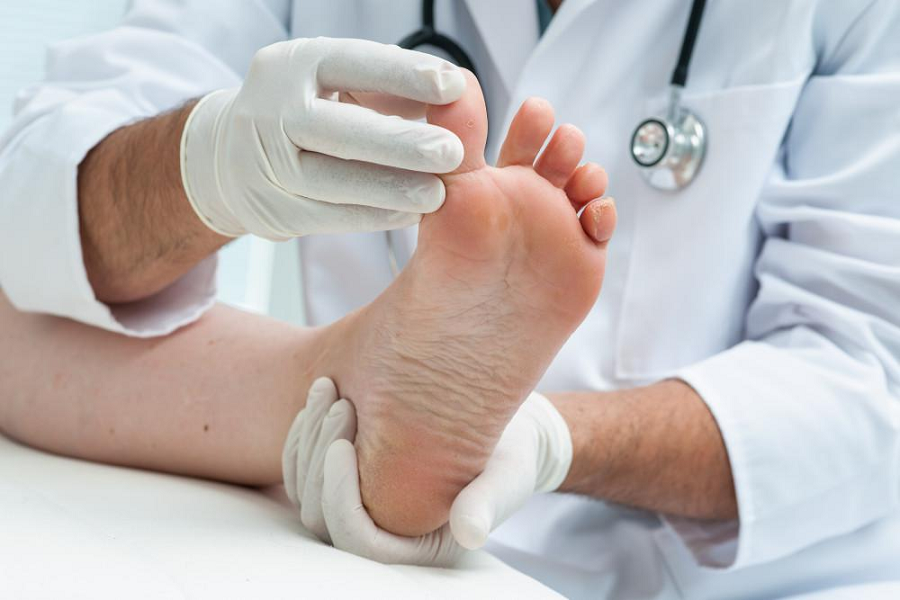
Podiatrist Wound Care Program
Ingrown toenail surgery
When ingrown toenail recurs and becomes chronic then the podiatrist will choose a surgical procedure. Depending on the situation, a part or full toenail will be removed.
For the surgical procedure, the podiatrist will clean and numb the big toe with a local anesthetic injection. An elastic band is applied to the area where the foot and toe join. A wedge is placed under the nail to hold up the ingrown section.
With special tools and scissors, the podiatrist separates the toenail from the bed with a vertical cut from the ingrown side to the cuticle. The cut section is removed. If both sides of the nail are in-grown then the entire nail is removed.
An acidic solution called phenol or a heated electronic device known as cautery is used to dislocate the nail base from which nails grow. Finally, a bandage slathered with petroleum jelly is used to cover the toe.
There is hardly any discomfort after the anesthetic injection takes effect. Due to numbness, you will feel comfortable but the moment it wears off you may have pain. However, the podiatrist will prescribe pain killers and if your toe was infected oral antibiotics will be given.
Ingrown toenail surgery post-care
After surgery, you will need to give the footrest. Keep it elevated. Only get up to visit the washroom. The podiatrist at Orange County Wound Care Clinic will offer wound care & follow-up guidelines. Adhere to these instructions to prevent infection. Take prescribed medications as recommended. After 24 hours, you can clean the toe by running it under warm soapy water and drying it. It must be kept completely covered with a nonstick dressing until the wound completely heals.
Wear loose-fitting or open-toes footwear for two weeks post-surgery. It offers the toe space to heal. For two weeks avoid strenuous activities and running.
Tip – Use petroleum jelly and bandage to keep the toenail clean and protected until a new nail grows out.
Preventive care of avoiding ingrown toenail recurrence
Make sure to learn how to clip toenails the right way. The cut is straight across and you need to gently smooth the corners. Make sure the edges are round and cannot pierce the skin. Finally, if your nail thickens due to fungal infection this can cause ingrown toenails, so take care ASAP!

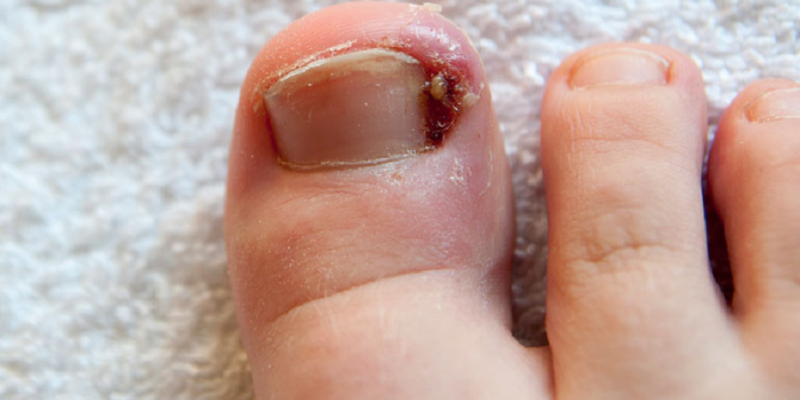
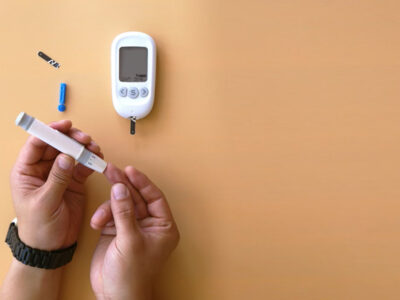
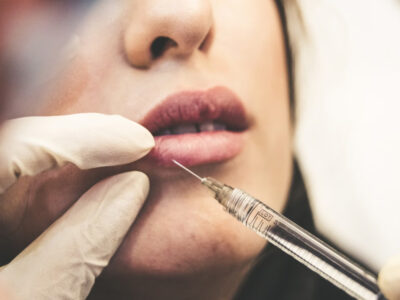

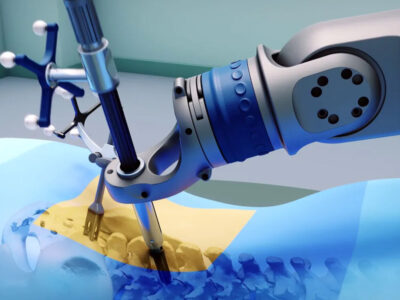
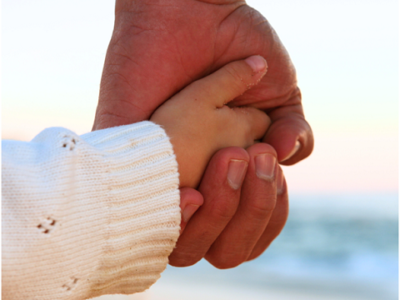

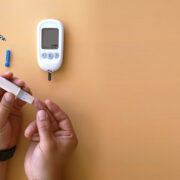
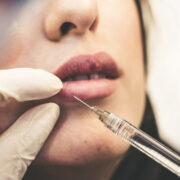




Comments